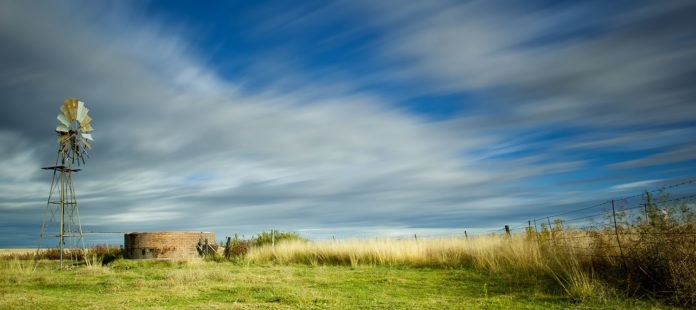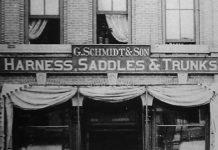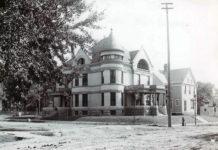Anyone who has read the Little House series by Laura Ingalls Wilder or the Betsy-Tacy series by Maud Hart Lovelace—or other books like them—knows that history is not only a list of dates and battles; it’s also the stories of ordinary families who were essentially no different from those of us who are living today. They just lived in another time, which they shared with us by writing about their lives.
They gave us the gift of history.
Laura Ingalls Wilder and Maud Hart Lovelace, born just 25 years apart in the Upper Midwest, both became writers. Laura, born in 1867, was a child of the frontier. Maud, born in 1892, enjoyed the stability of a Midwestern town in the late Victorian and Edwardian eras. These two women, with whom so many children have grown up, gave us the opportunity to experience history as they lived it.
Had the Ingalls family stayed in Wisconsin, where Laura was born, perhaps her childhood would have been more like Maud’s—surrounded by extended family members in an established community. But Charles Ingalls’ wanderlust brought adventure and, often, instability to his family.
…might it be time for each of us to write our story? Each of us can give the gift of history to people 50 or 100 years from now so that they will understand how circumstances have changed over the course of our lives.
Most of Laura’s childhood was spent on the prairie of Redwood County, Minnesota, and eastern South Dakota, where talk of homesteads, dugouts and claim shanties was common.
Maud grew up in Mankato, Minnesota, a stable, yet progressive city, where the finer ladies of the community donned their good dresses and impressive hats, showing off a bit when they strolled up and down Front Street.
Although Laura was a teacher while still in her teens, there’s no indication she began writing regularly until she was a farm wife living in the Missouri Ozarks, where she, her husband, Almanzo, and their daughter, Rose, moved to escape the severe South Dakota winters. Laura’s columns appeared in the Missouri Ruralist under the heading “The Farm Home” and later, “As a Farm Woman Thinks.”
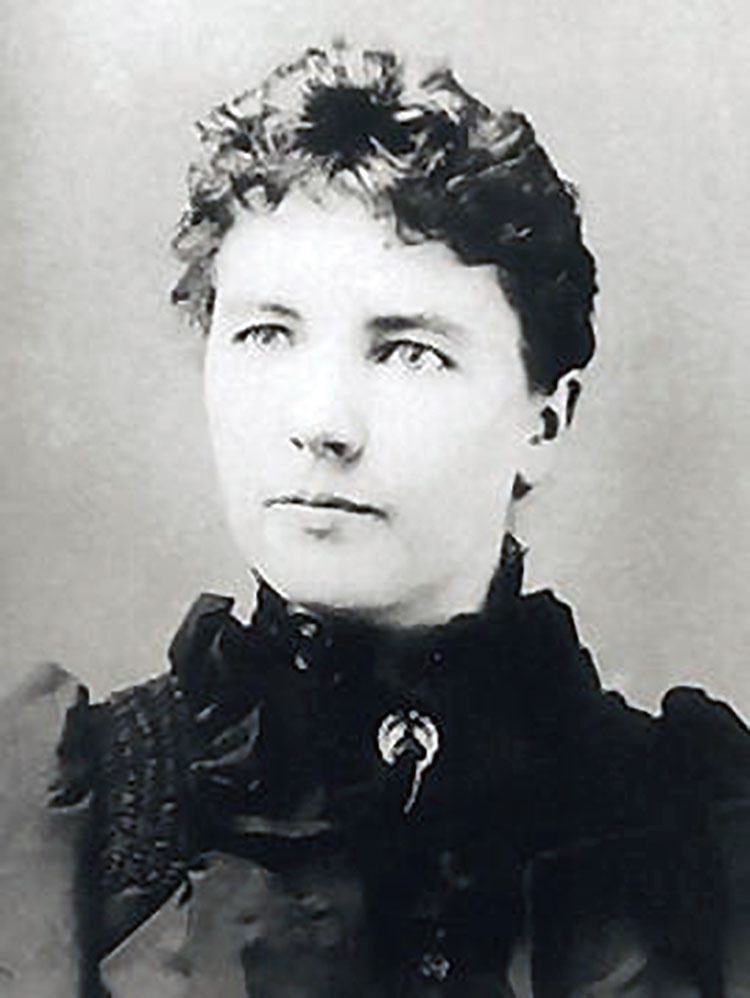
Laura Ingalls Wilder was 65 when her first book, Little House in the Big Woods, was released in 1932. Some critics of her books have said that her daughter, a professional journalist, did heavy editing and, perhaps, some of the writing. Although there’s evidence that the mother-daughter team collaborated in bringing the books to publishable quality, it’s also true that some of the original manuscripts of the Little House series can be seen in museums, written in long-hand on lined paper—proof of Laura’s original work.
Storytelling was her destiny
Unlike Laura Ingalls Wilder, Maud Hart Lovelace always seemed to know that storytelling was her destiny.
In an interview, she said, “I cannot remember back to a year in which I did not consider myself to be a writer. I remember following my mother around as a tyke, asking her ‘How do you spell “going down the street?”’ See, I was writing a story already. My diaries were invaluable to me. I’d tell the other kids a story and I’d write everything down later. I wrote stories in notebooks and illustrated them with pictures cut from magazines.” The kids she referred to were her childhood friends, whom she called “Tacy” and “Tib” in the series set in Deep Valley (Mankato).
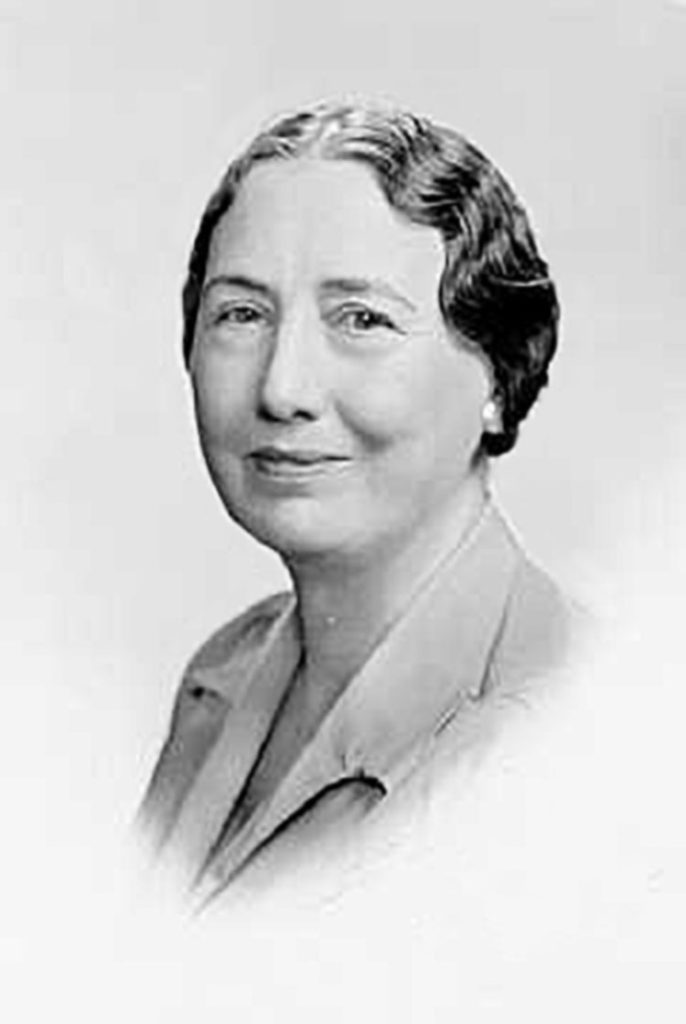
When Maud was 10 years old, her father, Thomas Hart, had some of her poems printed in a booklet. Not much later, she began sending stories to magazines, selling her first story at age 18. When she was 25, Maud married Delos Lovelace, who also was a writer. They often provided editing advice for each other and collaborated on three children’s books as well as on other work.
Betsy-Tacy, the first book of the 10-book semi-autobiographical series, resulted from Maud telling stories about her childhood to her daughter, Merian. It was published in 1940, when Maud was nearing age 50. Though just beginning the series, she had six other books and numerous magazine stories already in print.
Describing the details
Maud Hart Lovelace was a born storyteller, but even though this may not have originally been an innate characteristic for Laura Ingalls Wilder, it became one. The loss of her sister Mary’s sight caused Laura, in her early teens, to learn to describe things such as beautiful sunsets so that Mary could know how different each one looked. Many years later, this ability to describe things in detail would make the books in the Little House series come to life.
The similarities in these two writers’ lives seem more significant than the time and place in which each grew up. A reader of Laura’s Little House books cannot miss the overriding theme of family. What reader doesn’t remember Pa Ingalls playing his fiddle in celebration or to cheer his wife and daughters? Friends also entered the picture—Laura’s parents’ friends, as well as the friends she made in frontier schools.
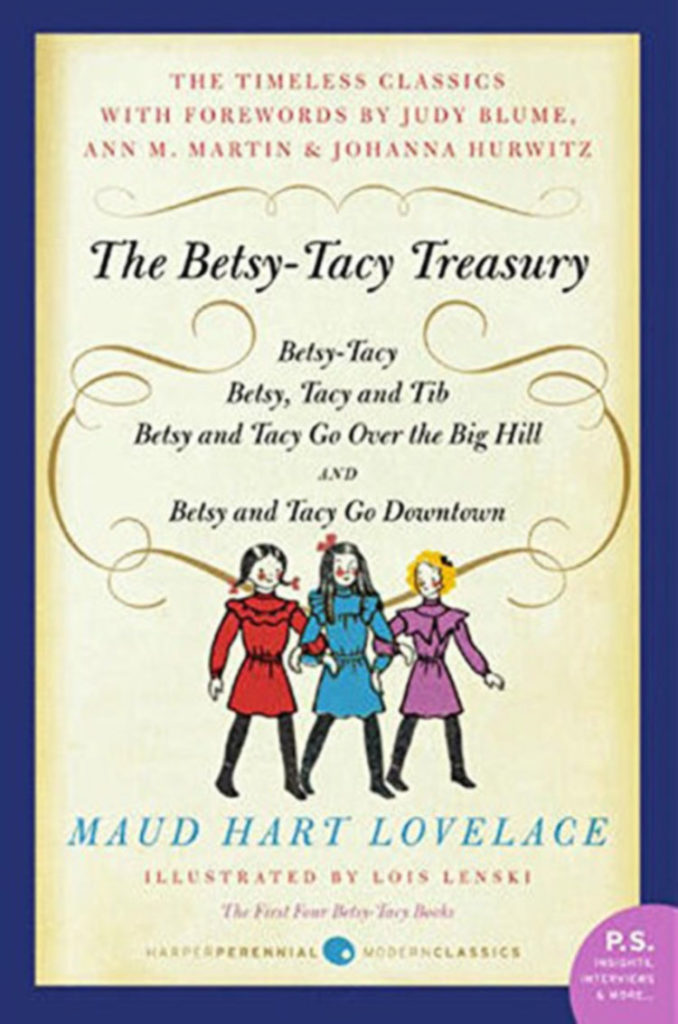
Friendship is the primary theme in Maud’s Betsy-Tacy series—along with storytelling. Family also is important, despite Maud’s rivalry with her older sister, Kathleen (Julia in the books), and Maud’s initially reluctant acceptance of her younger sister, Helen (Margaret in the books). Like the Ingalls family, the Harts often focused on music, with Mrs. Hart or Kathleen playing the piano. During Maud’s high school years, she would roll back the carpet, and she and her friends would dance to piano music.
Both authors grew up in families where God was revered. Charles and Caroline Ingalls were charter members of the Congregational Church in Walnut Grove, Minnesota. Charles, who later became a church trustee, contributed $26.15 toward a church bell the winter of 1874.
The Harts were members of the Baptist Church in Mankato, but when Maud and Kathleen were in high school, the girls joined the Episcopal Church because Kathleen wanted to sing in that church’s choir. Kathleen later became an opera singer. When the girls approached their father with the idea of changing churches, he responded by saying, “We aren’t going to decide this on the basis of what people will say … The most important part of religion isn’t in any church. It’s down in your own heart. Religion is in your thoughts and in the way you act from day to day…Well, that’s that. You two go and be Episcopalians.”
Both women fictionalized their autobiographical stories.
Laura compressed time, leaving out a return to Wisconsin from Indian Territory in Kansas and the less-than-happy times the family spent in Iowa and in southeastern Minnesota, where her little brother died. (Laura did not mention little Freddie in the books.) One of the reasons she changed the timeline was to make herself older in the first book. In reality, she was too young to remember the Ingalls’ time in Kansas and wrote about what she’d heard from her parents about their time in what they called Indian Territory.
Maud, on the other hand, changed the names of her characters (calling herself “Betsy”, for example) and the locations (calling Mankato “Deep Valley”). She made Tib the same age as Betsy and Tacy, although the person who became the character Tib was a year behind the two girls in school. Maud did, however, stay true to the nationalities of the characters. Thus, Maud Hart became Betsy Ray, the Irish Bicky Kenney became Tacy Kelly, and the German Midge Gerlach became Tib Muller.
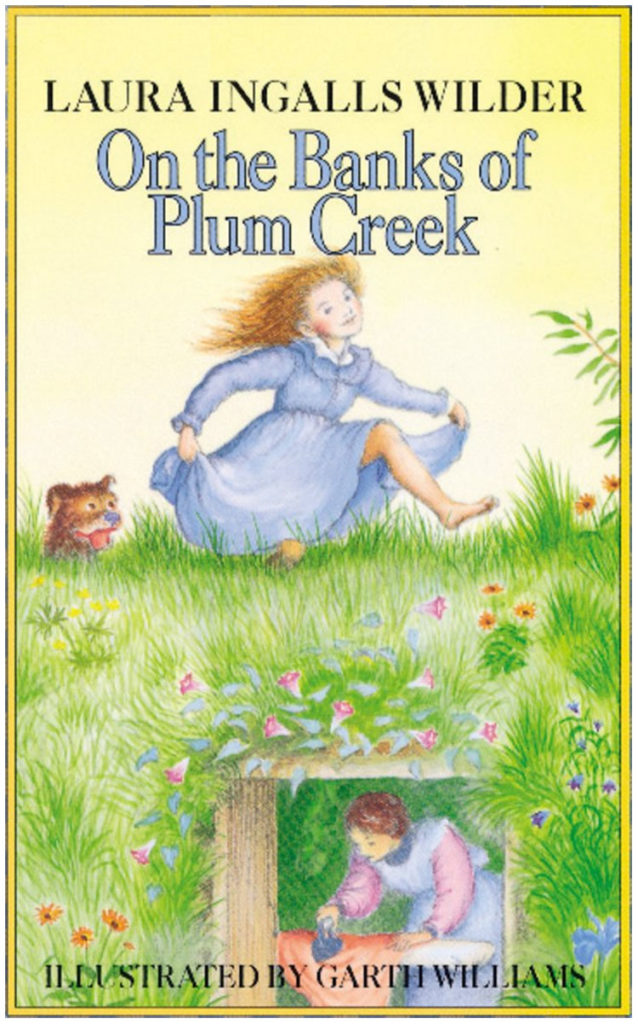
Another commonality is that each author gave birth to a son who lived only a brief time. Each woman then had a daughter—and had no further children—in a time when large families were the norm. Furthermore, both daughters married, but had no children.
Laura’s daughter, Rose Wilder Lane, divorced her husband and went on to become a world-traveling journalist, even reporting on the Vietnam War from in country. Maud’s daughter, Merian Lovelace Kirchner, worked with her husband in the publishing field.
A connection beyond history
There’s a further connection between the two authors. In 1930, Maud and her author-husband Delos Lovelace entertained Rose Wilder Lane as a dinner guest in their New York home. The two women were nearly the same age, Rose being about five years older than Maud.
Both Laura and Maud experienced much change in our country during their long lives. In her 90 years, pioneer girl Laura Ingalls Wilder had seen a long list of changes and much progress by the time of her death in 1957. Maud Hart Lovelace, who grew up in a small Minnesota community, but spent most of her adulthood in cosmopolitan New York, was six weeks short of reaching her 88th birthday at the time of her death in 1980.
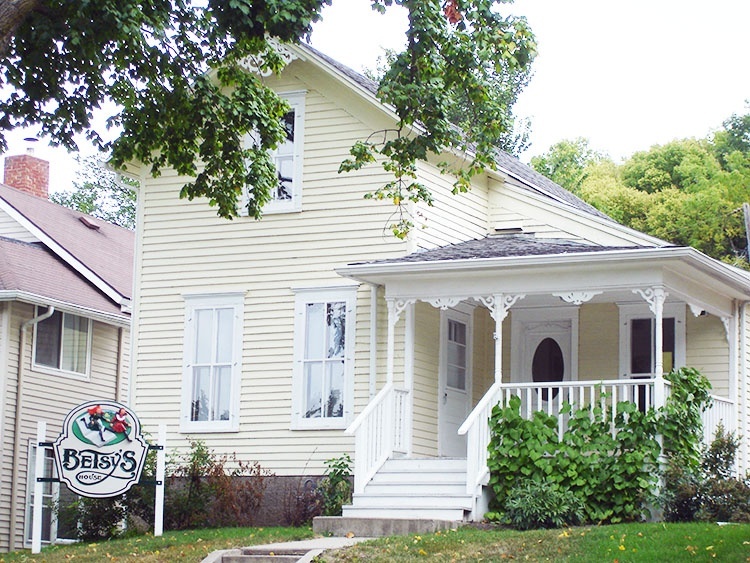
Laura Ingalls Wilder and Maud Hart Lovelace were both prolific writers. In addition to each author producing 10 semi-autobiographical books about her childhood and early adulthood, both wrote other works as well. Laura Ingalls Wilder documented the role of an Ozark farm woman in the early to mid-20th century, while Maud Hart Lovelace wrote several other books with historical Minnesota settings, some for adults, others for children. Each author gave us a wonderful gift—the gift of history.
As time and progress continue to change the world in which we live, might it be time for each of us to write our story? Each of us can give the gift of history to people 50 or 100 years from now so that they will understand how circumstances have changed over the course of our lives.

